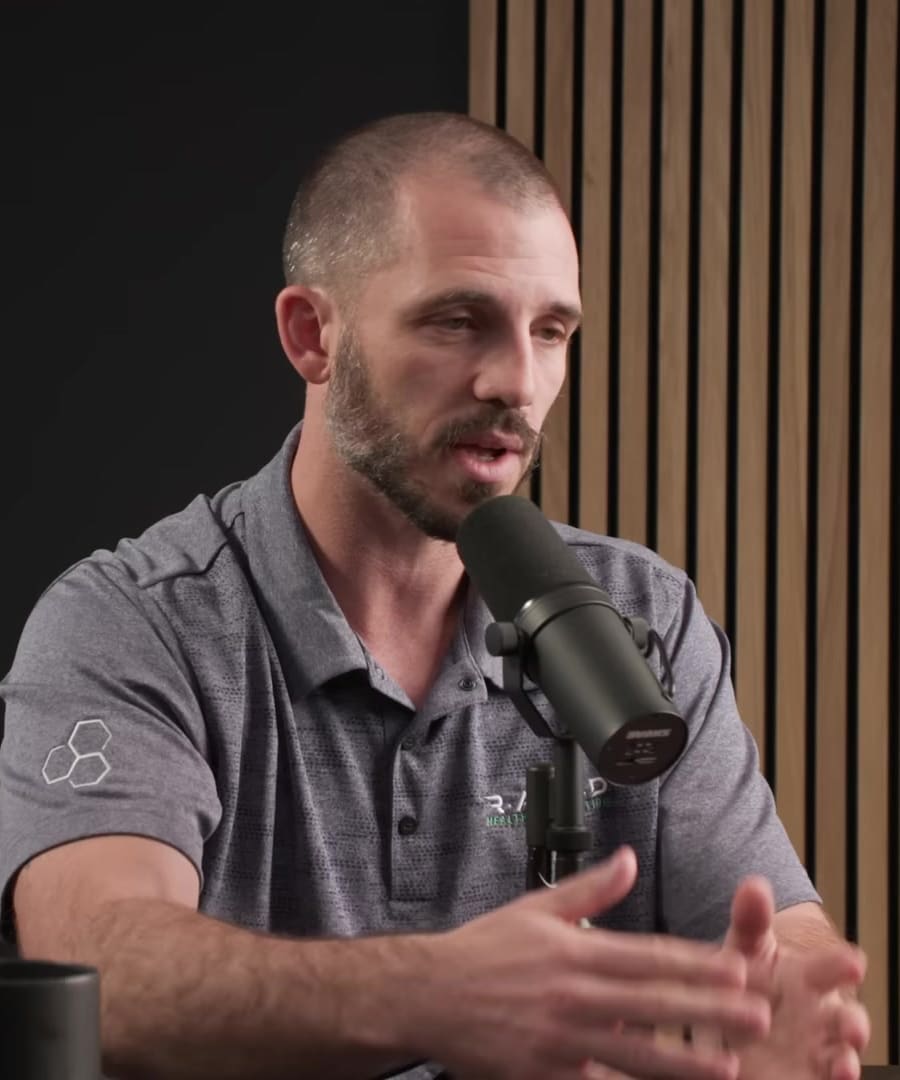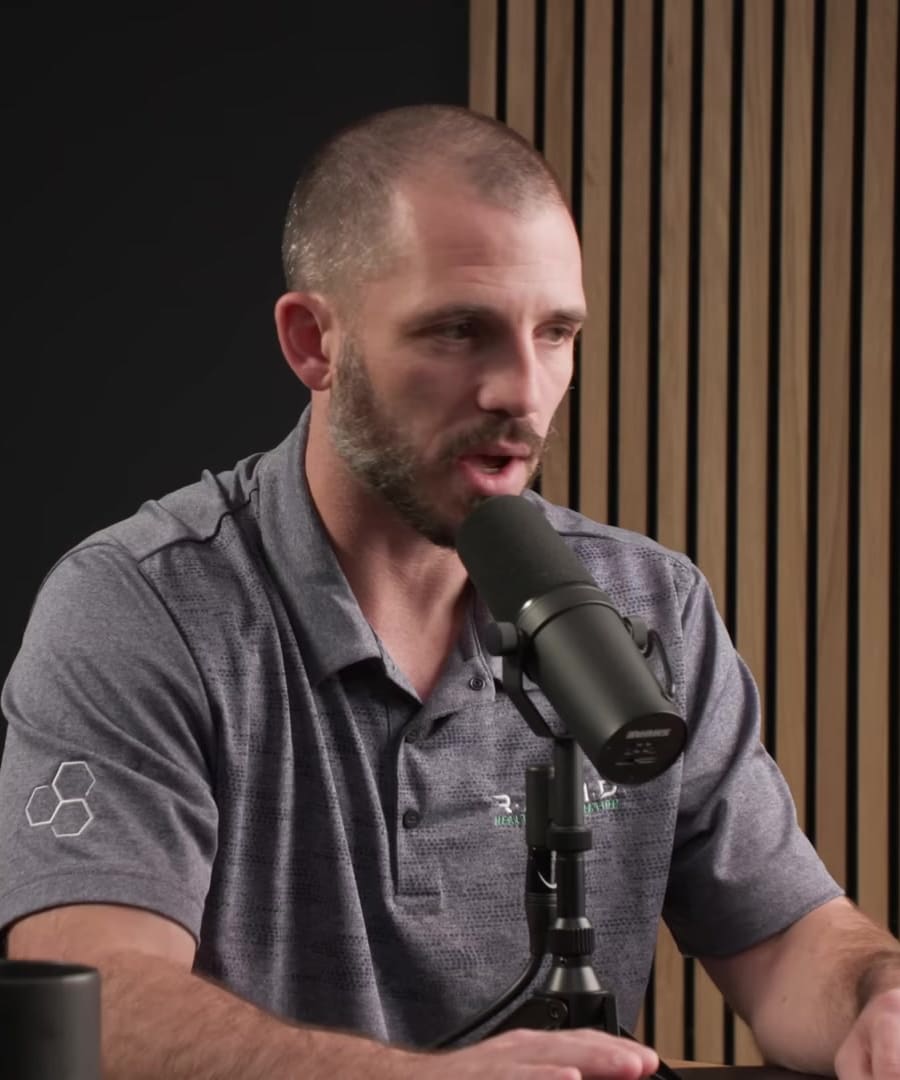What is the best way to increase vo2 max?
Sources:
To increase VO2 max, several methods have been recommended by experts on the . Some effective strategies include:
-
Maximal Exertion Exercises: Undertaking brief, maximal exertion activities like running up stairs or doing jumping jacks for periods as short as 20 seconds can lead to significant improvements in cardiovascular fitness and VO2 max 1.
-
Heart Rate Elevating Cardiovascular Training: Incorporating workouts that elevate heart rate near VO2 max levels, such as jogging, cycling, high-intensity interval training, or rowing at a high effort where conversation is difficult 2.
-
Coordinated High-Intensity Workouts: Structured high-intensity interval training that challenges maximal output over specific durations can effectively boost VO2 max and overall health 3.
-
Understanding Physiological Failure: Recognizing the point of physiological failure during VO2 max tests or high-intensity workouts helps identify where your body needs most adaptation, whether it's pulmonary exchange, muscular endurance, or cardiovascular capacity 4.
Consistency and safety are key in applying these methods. It’s advisable to progressively challenge your body's capabilities and include recovery to foster adaptations effectively. Always consult a professional before starting a high-intensity training routine, especially if you have underlying health conditions.
RELATED QUESTIONS-
Discuss the health considerations when trying to increase VO2 max.
Sources:
When attempting to increase VO2 max, several health considerations are essential:
-
Respiratory Efficiency: Understanding that during intense exercise, the ratio of oxygen consumed to carbon dioxide expelled (RER or RQ) increases in favor of carbon dioxide means that the body needs to efficiently handle this exchange. The body has to offload more CO2 than it brings in oxygen during high-intensity activity, which can impact breathing and ventilation post-exercise 1.
-
Excess Post-Exercise Oxygen Consumption (EPOC): After high-intensity exercise, increased ventilation persists to handle the accumulated waste in the tissues, which entails an "oxygen debt." It's crucial to allow the body adequate recovery time to effectively deal with this oxygen debt and restore normal physiological function 1.
-
Gradual Intensity Increase: As intensity creeps up, the body starts borrowing from its "fuel reserves," leading to the aforementioned oxygen debt. It's important to progressively increase exercise intensity to allow your body to adapt without overstraining it.
-
Personal Health Status: Individuals with pre-existing health conditions, particularly those related to the heart, lungs, or metabolic issues, should be cautious and seek medical advice before embarking on high-intensity training to increase VO2 max.
Understanding how your body responds to increased exercise intensity and allowing proper recovery to manage the waste byproducts and excess oxygen consumption is fundamental. It’s advisable to consult with a healthcare or fitness professional for personalized guidance.
RELATED QUESTIONS-
What is the best way to increase vo2 max?
- RELATED QUESTIONS
Discuss the health considerations when trying to increase VO2 max.
- RELATED QUESTIONS




